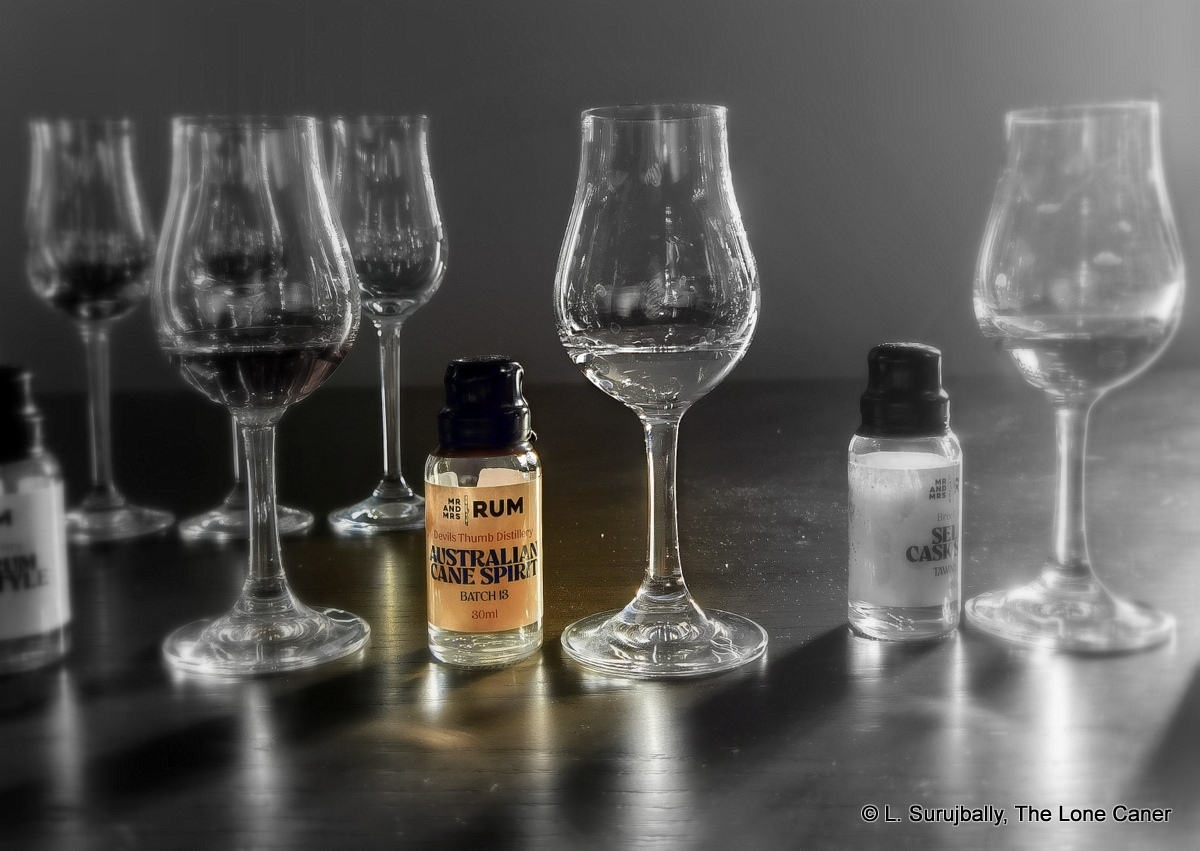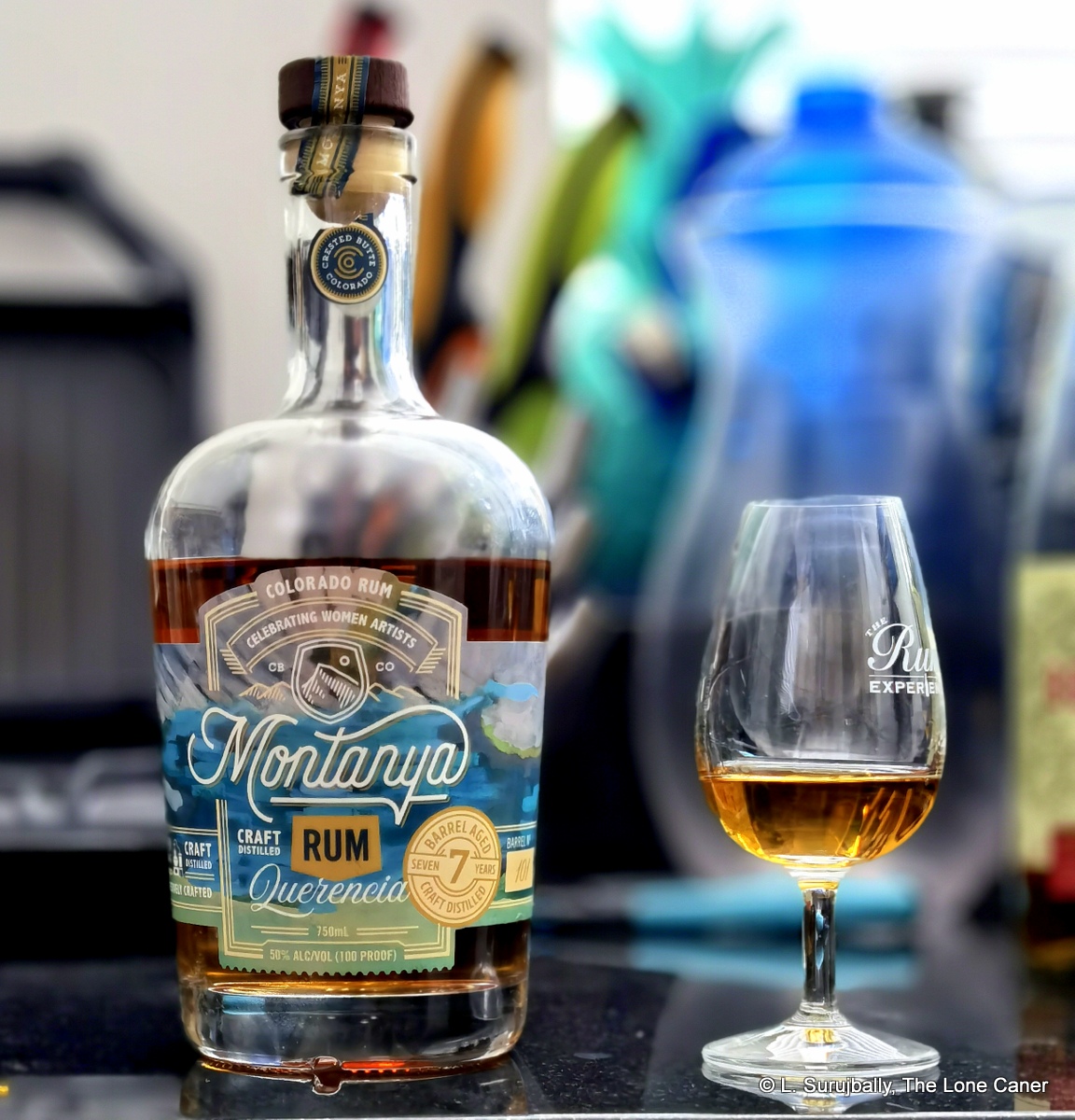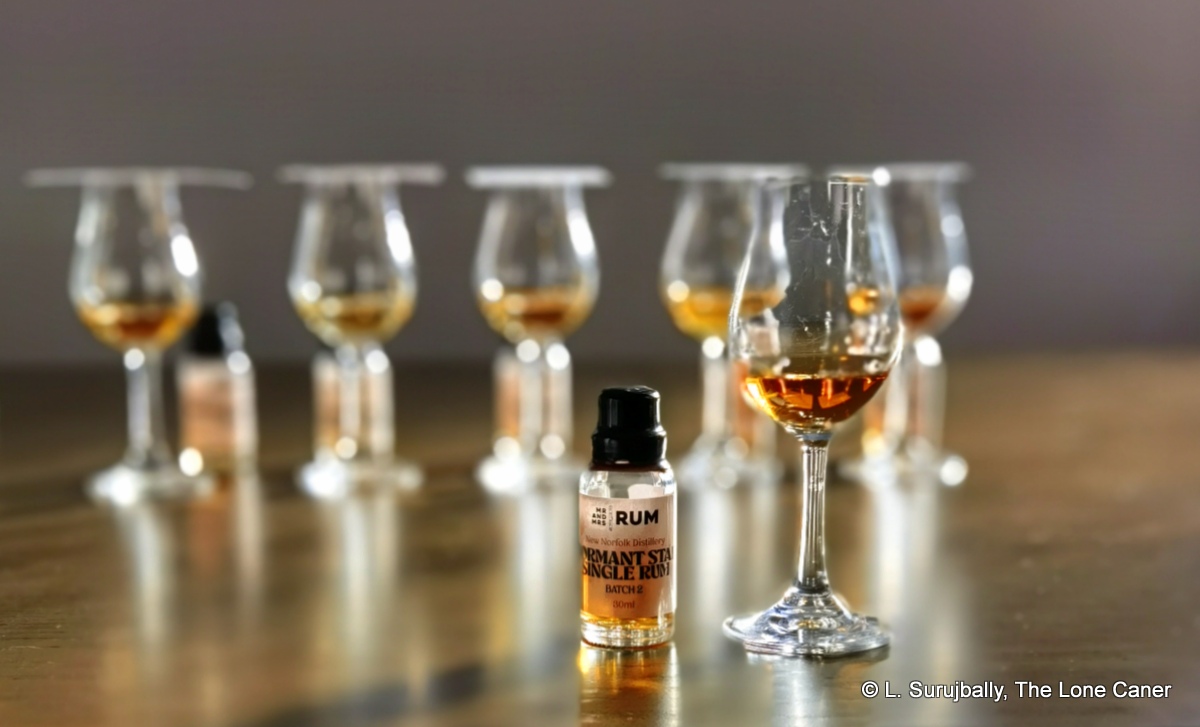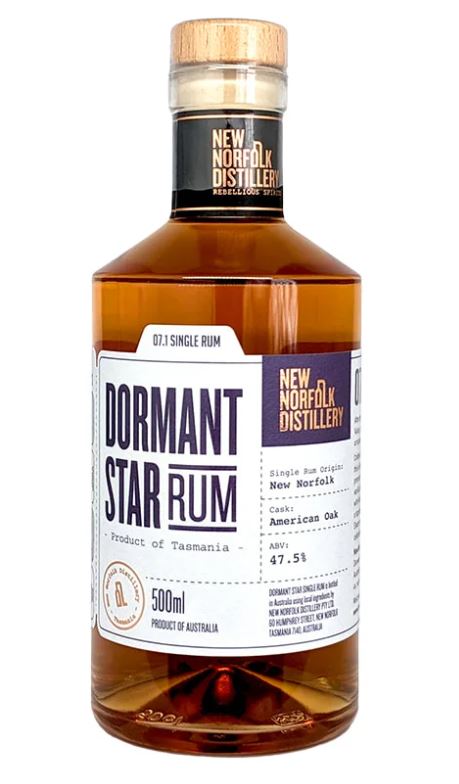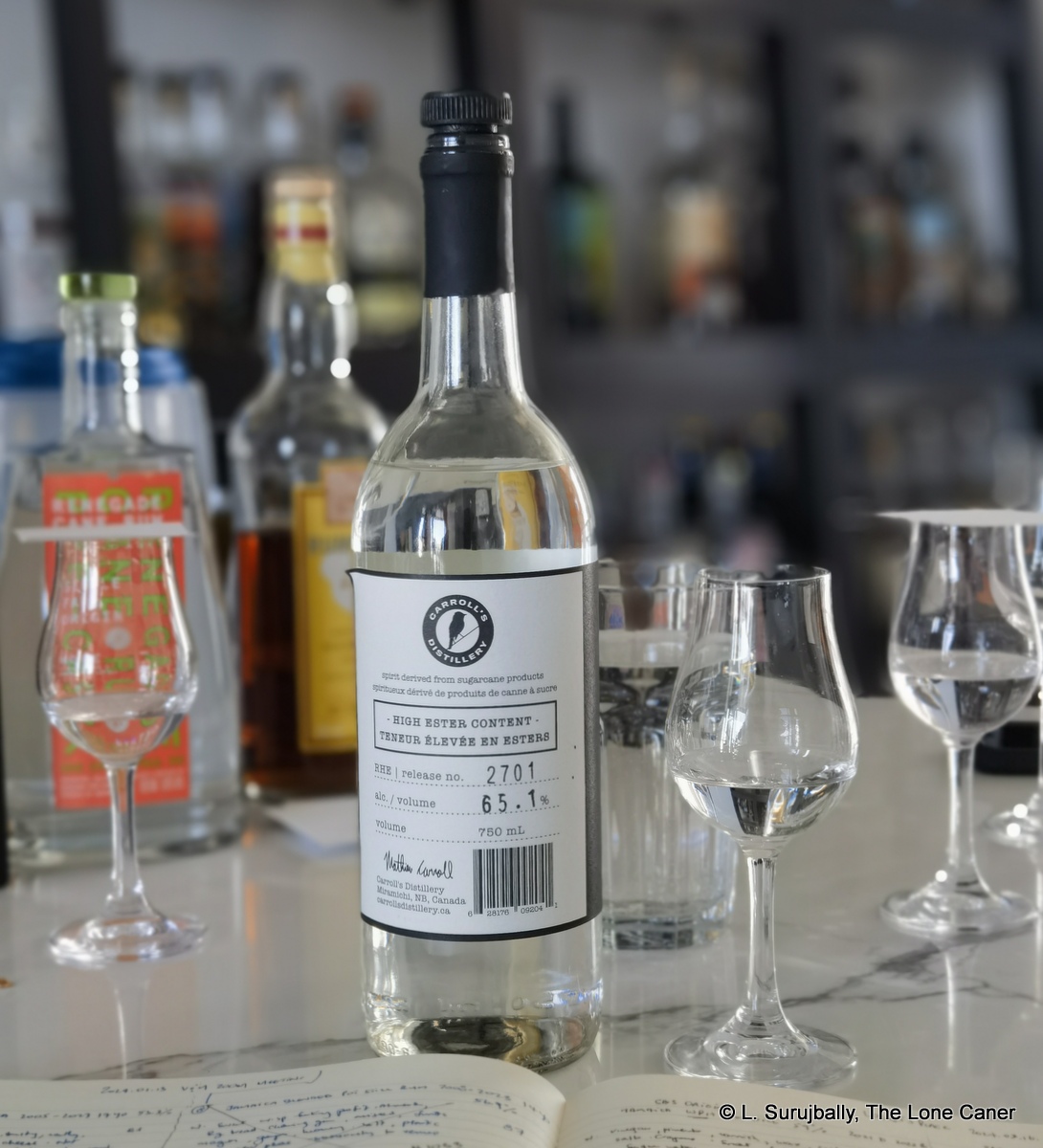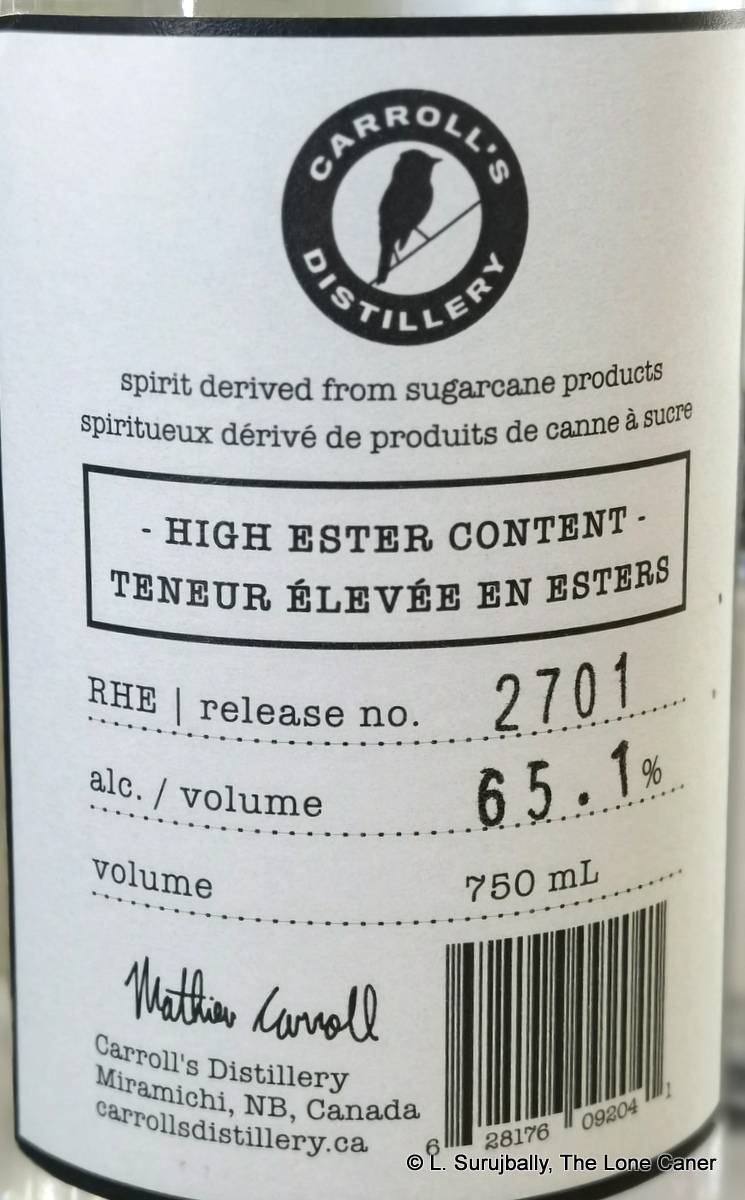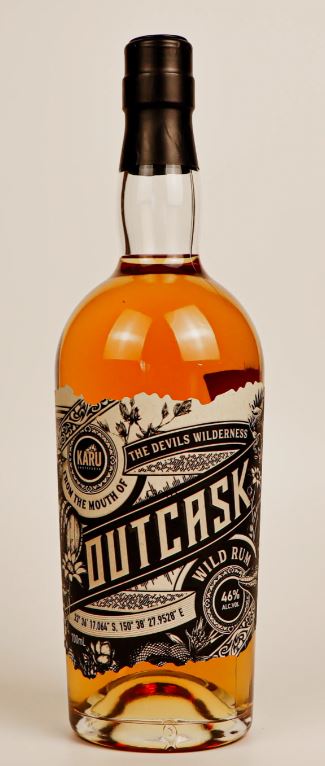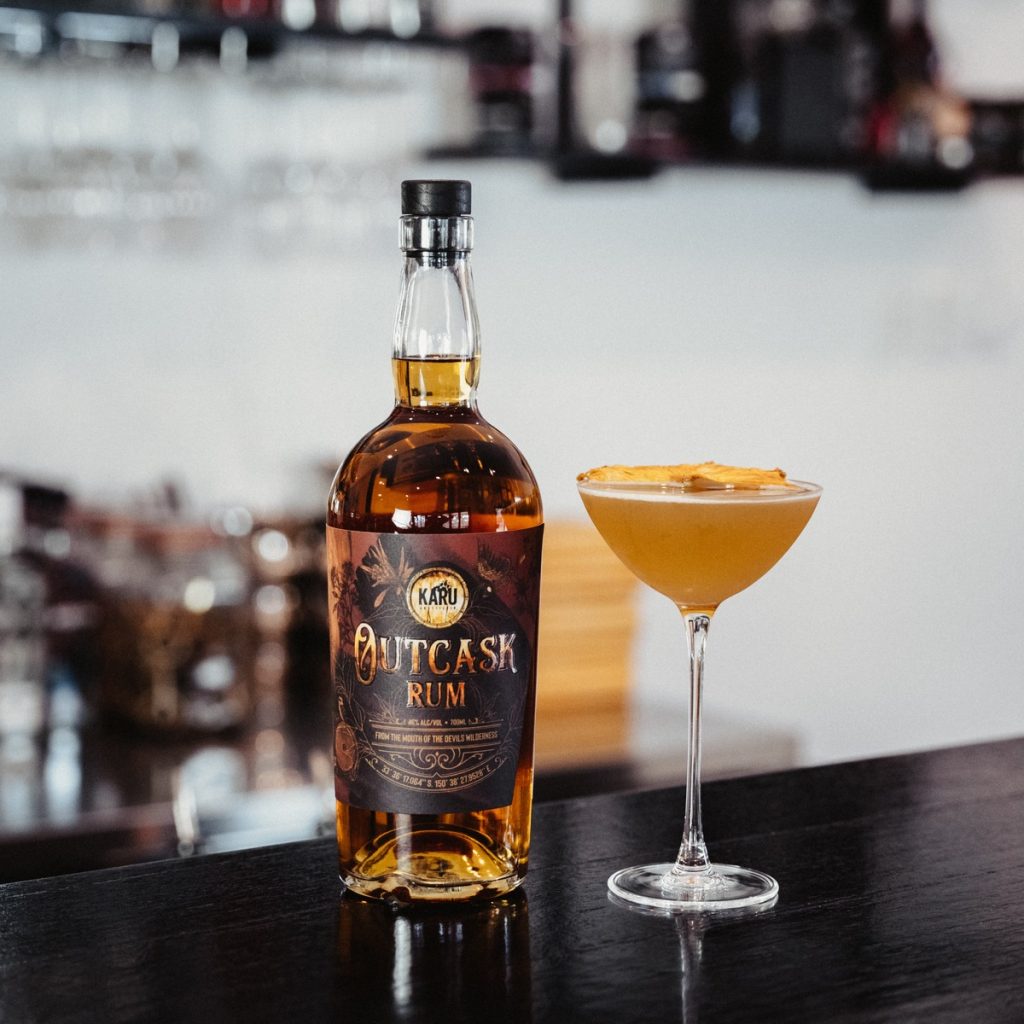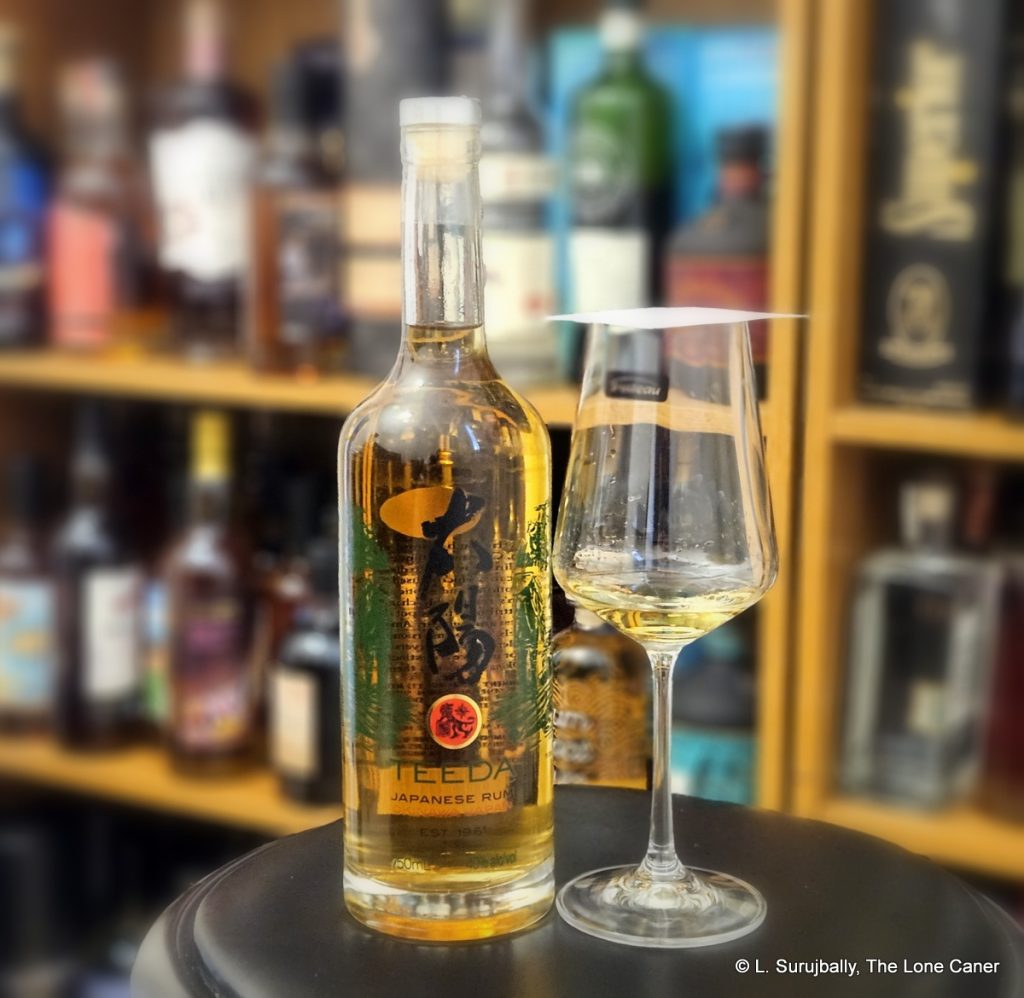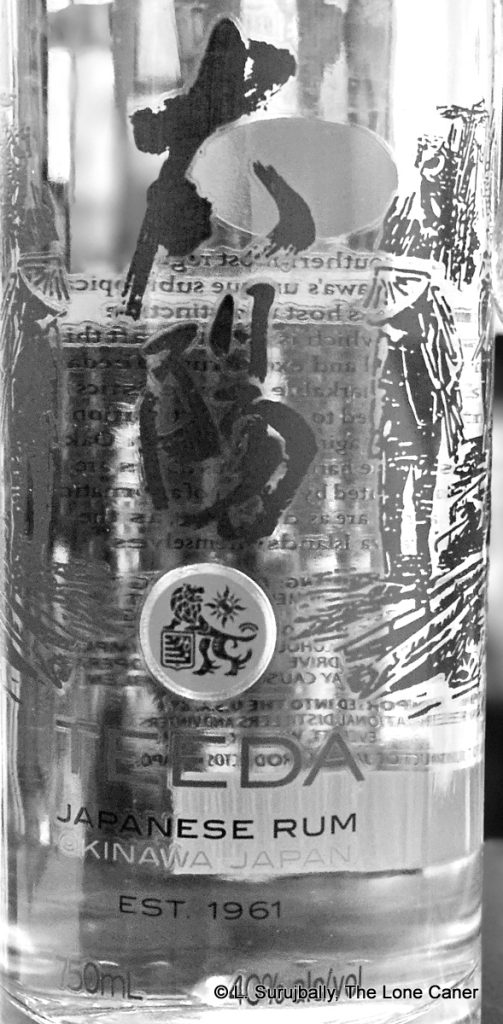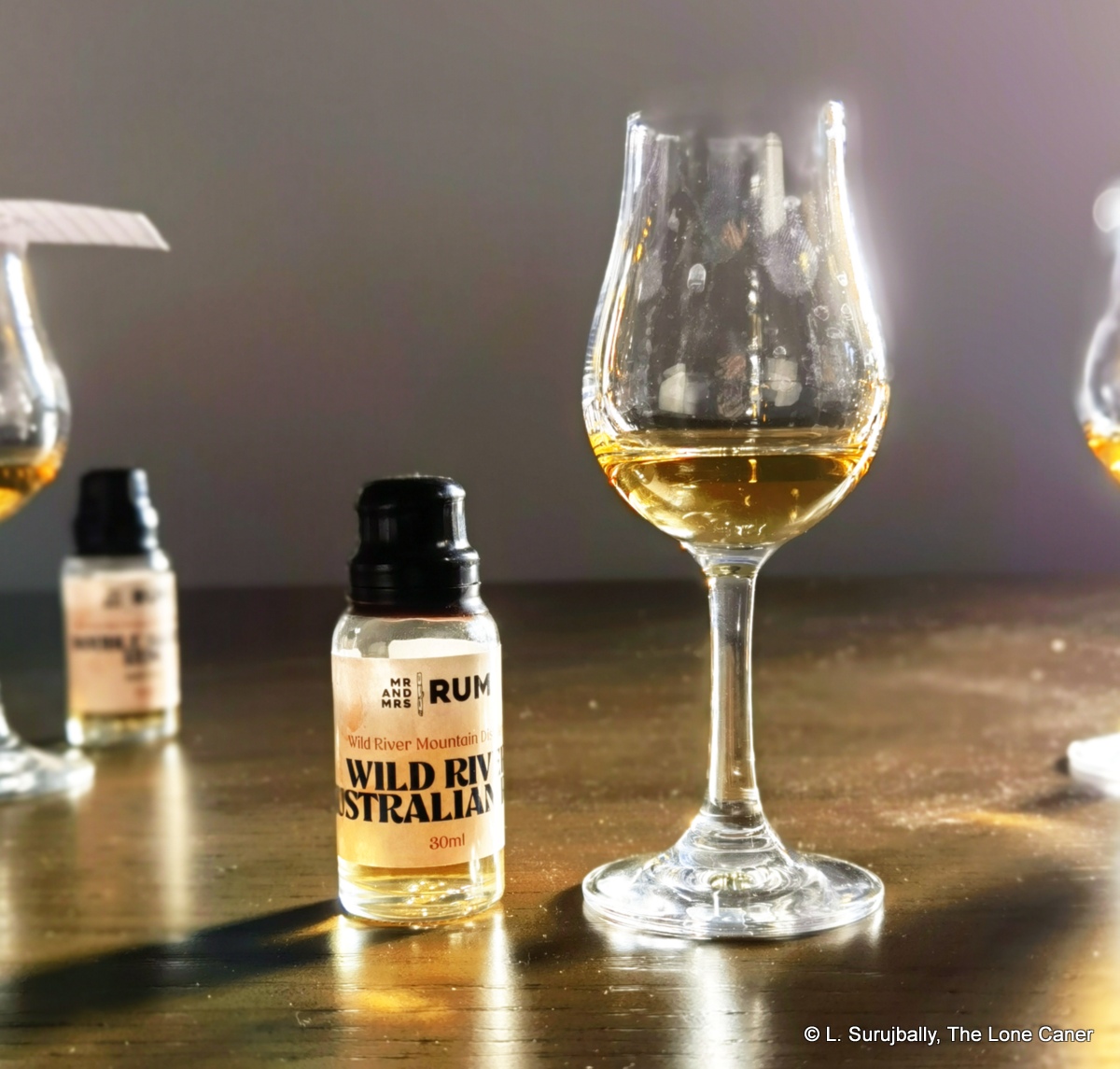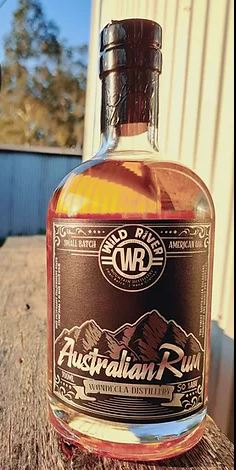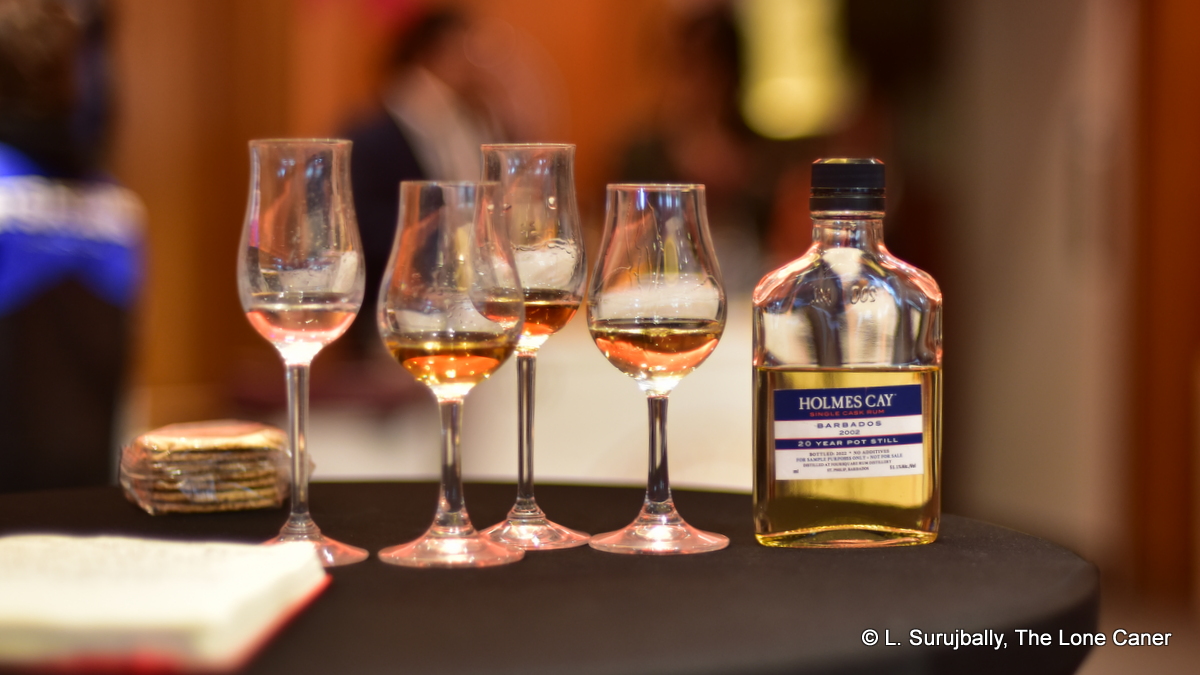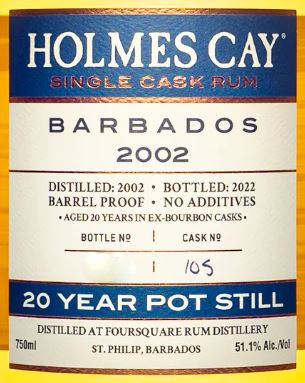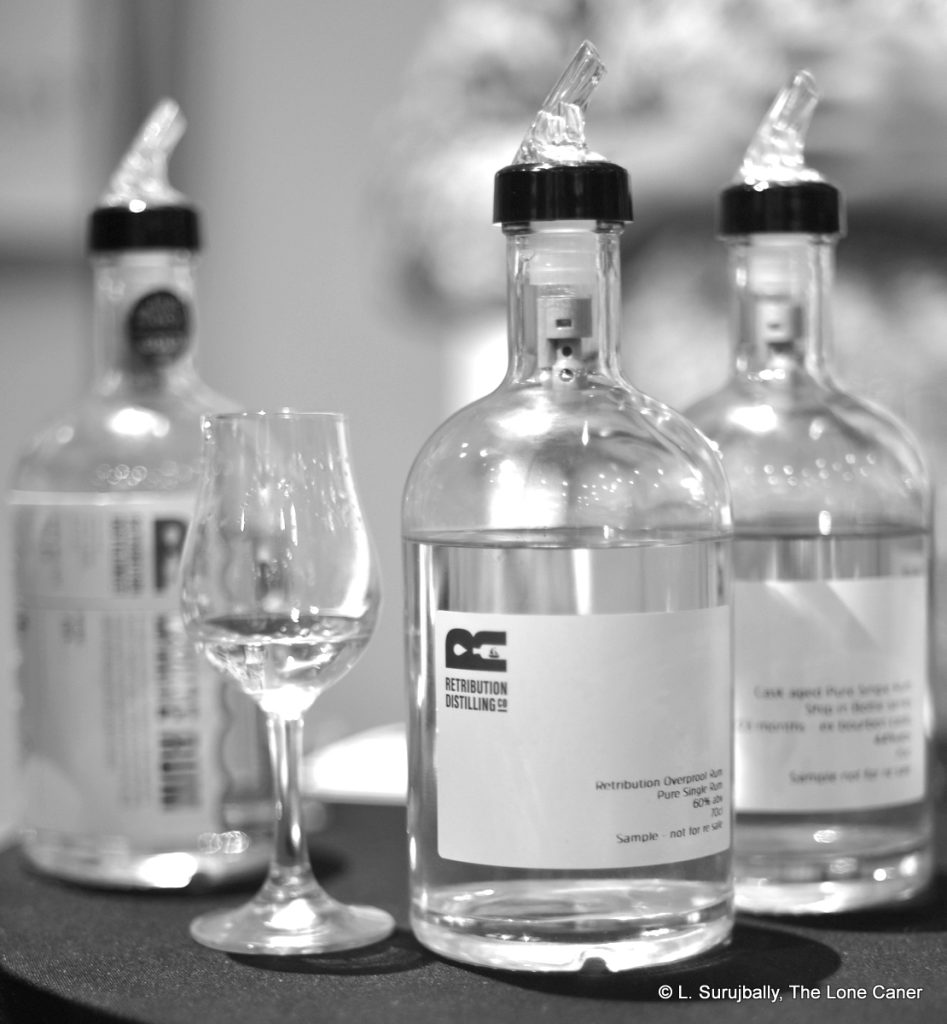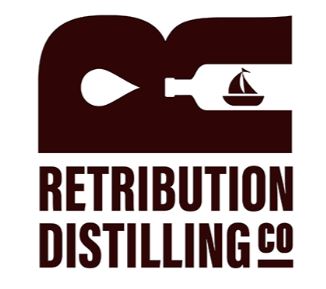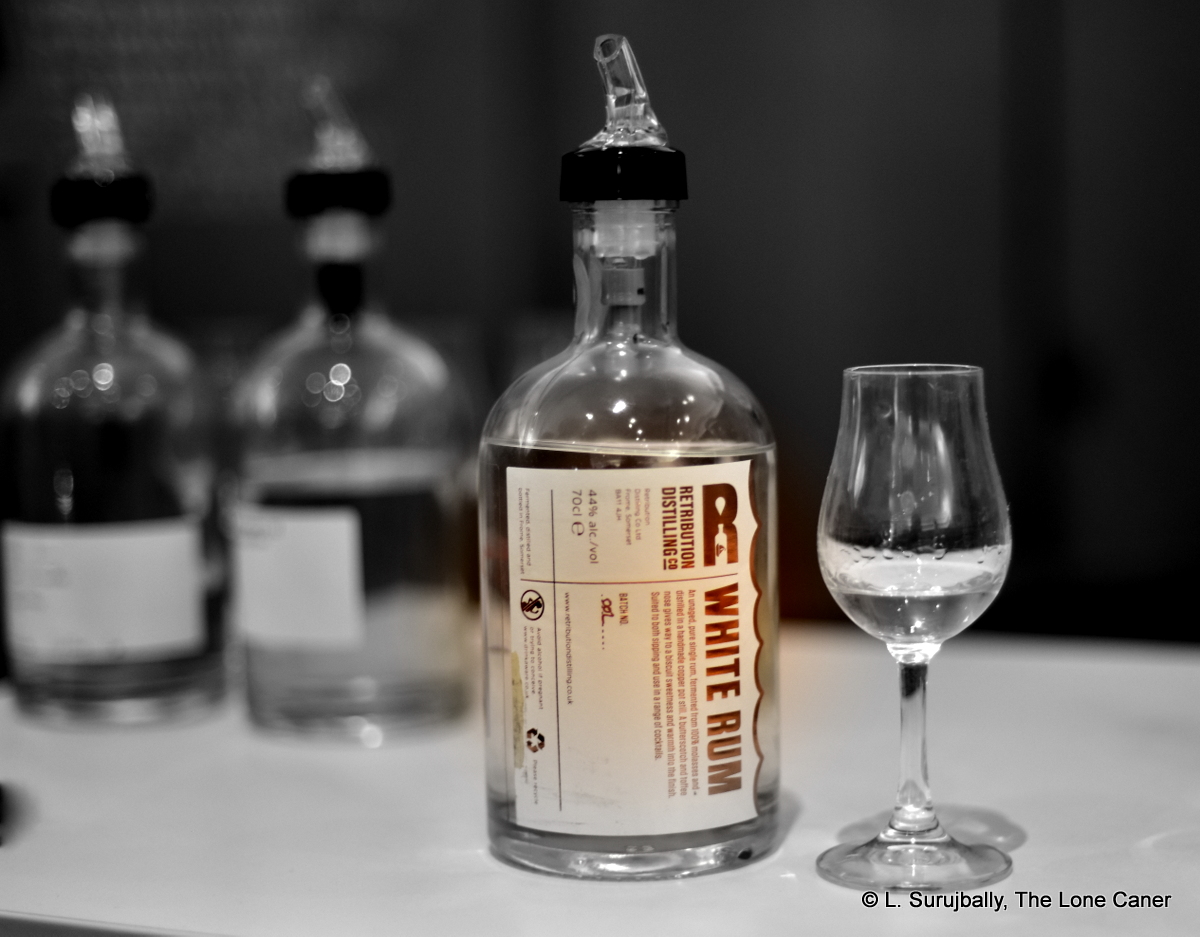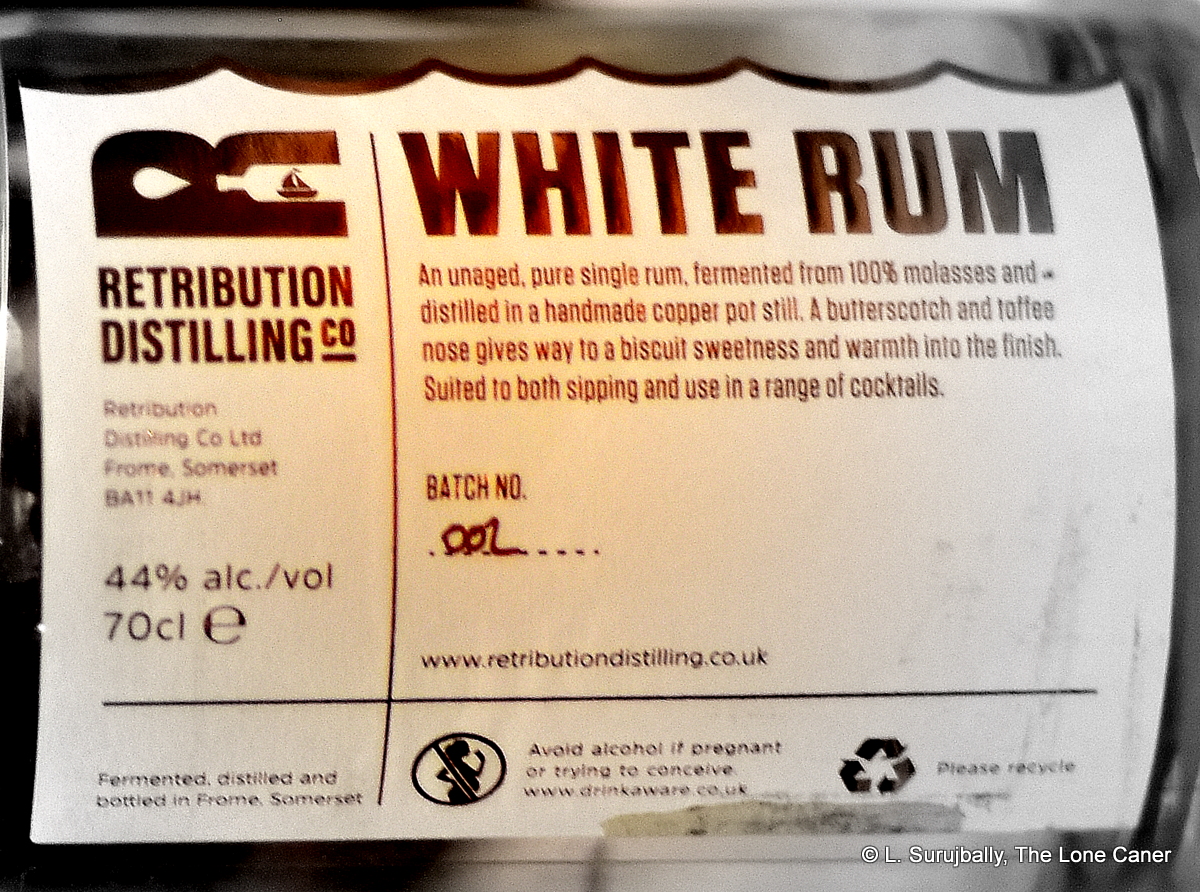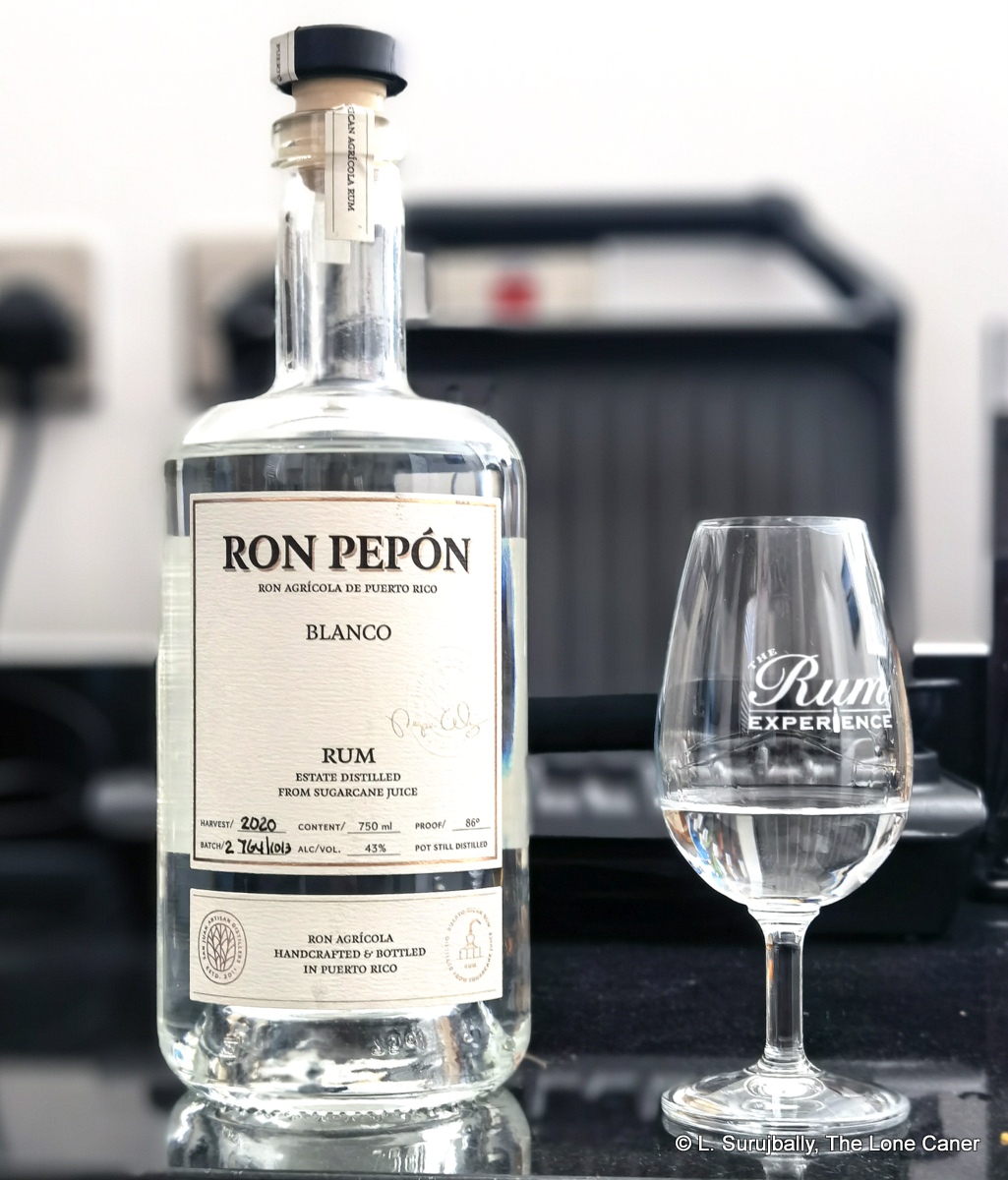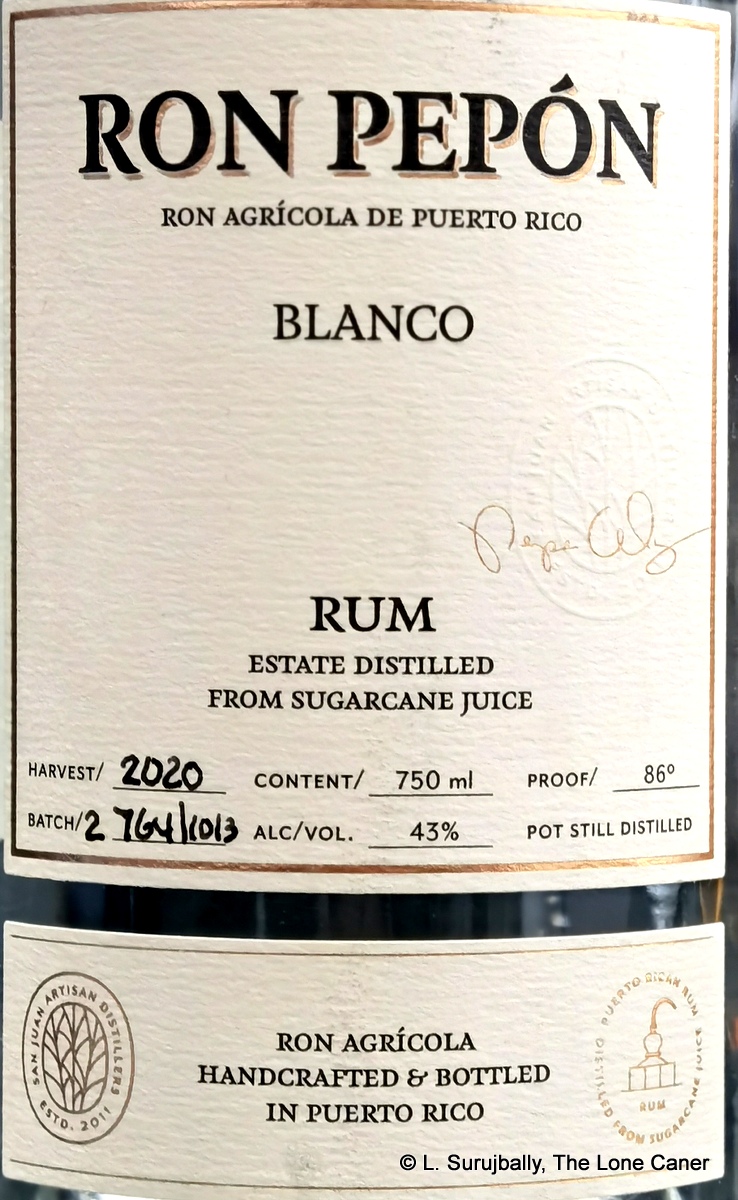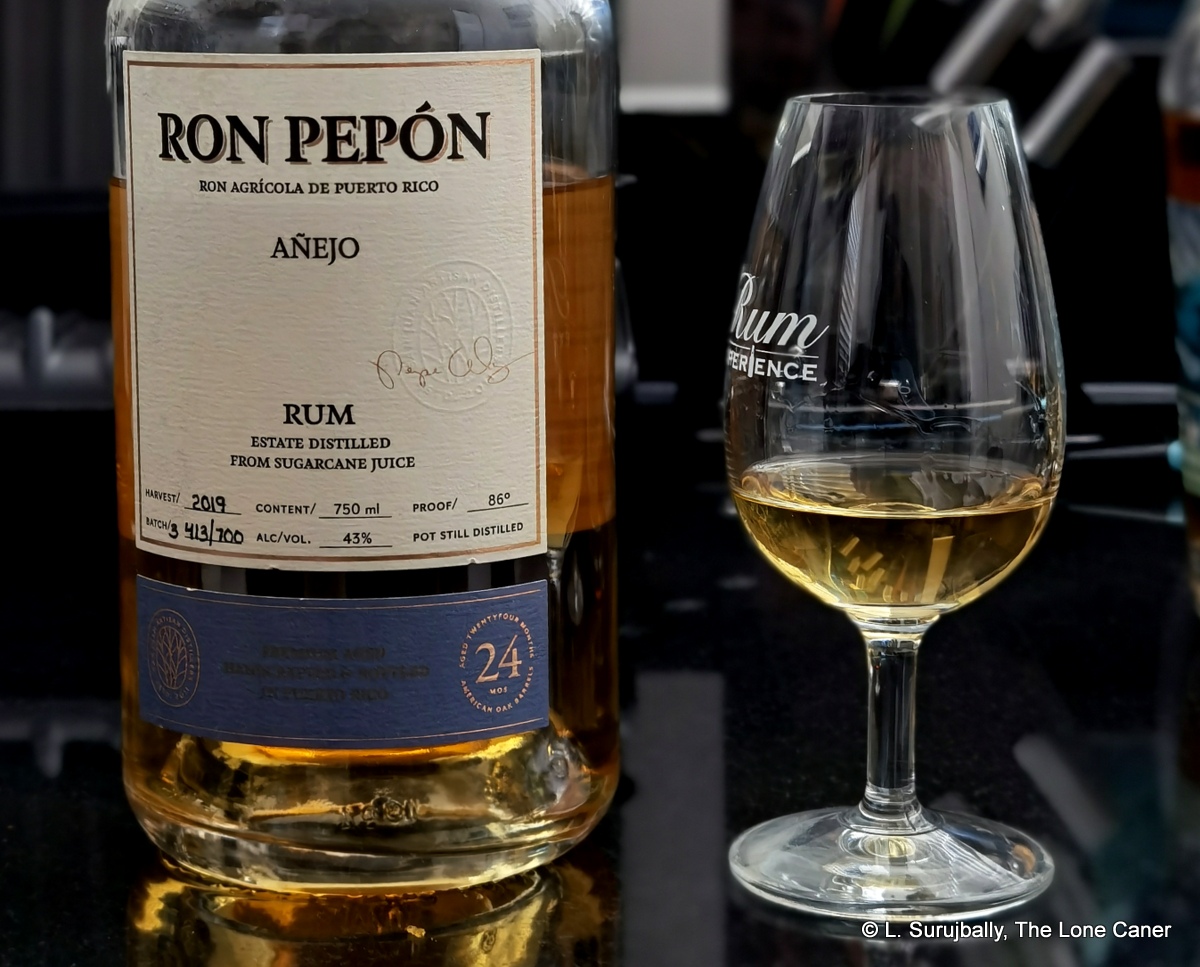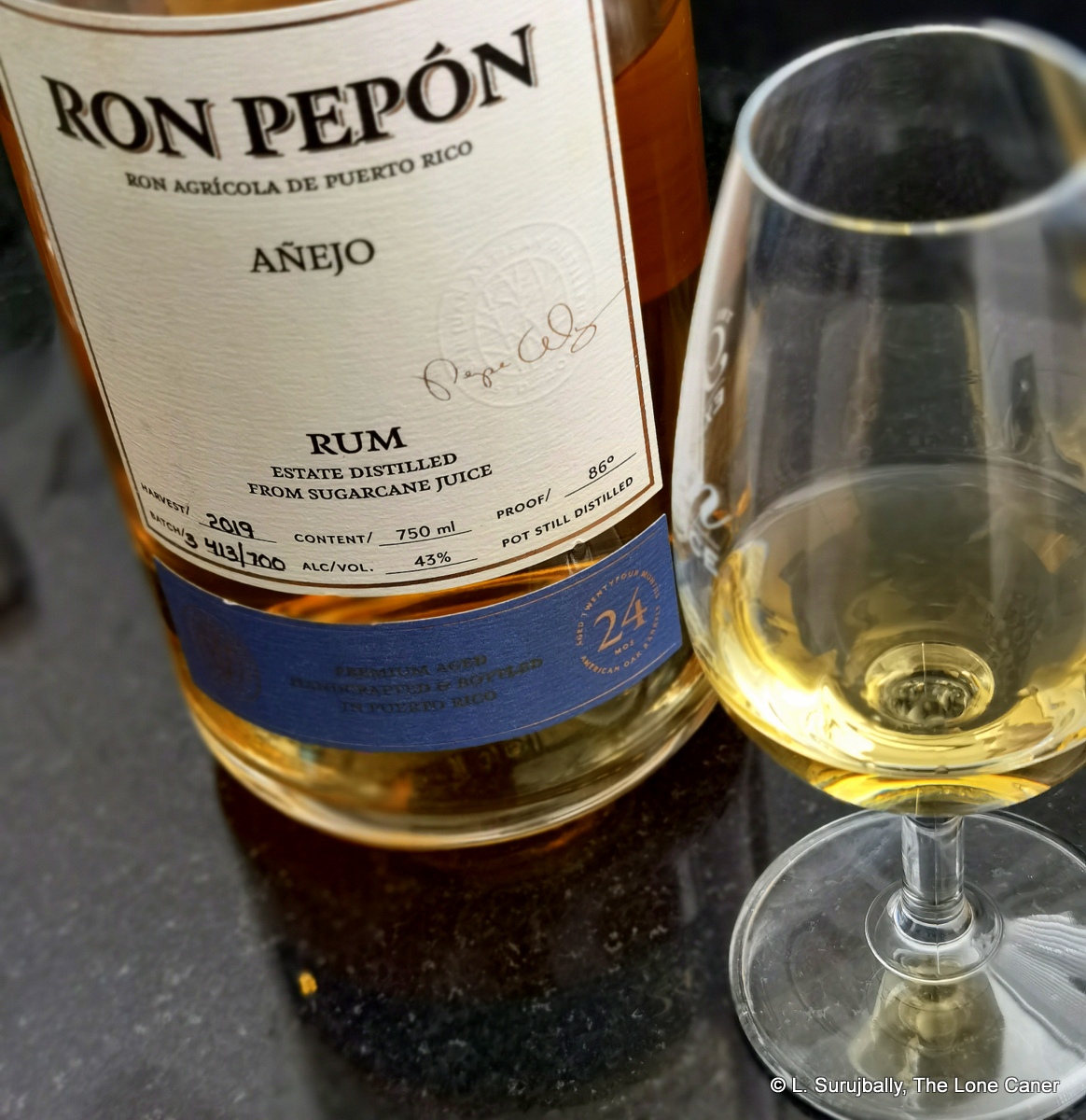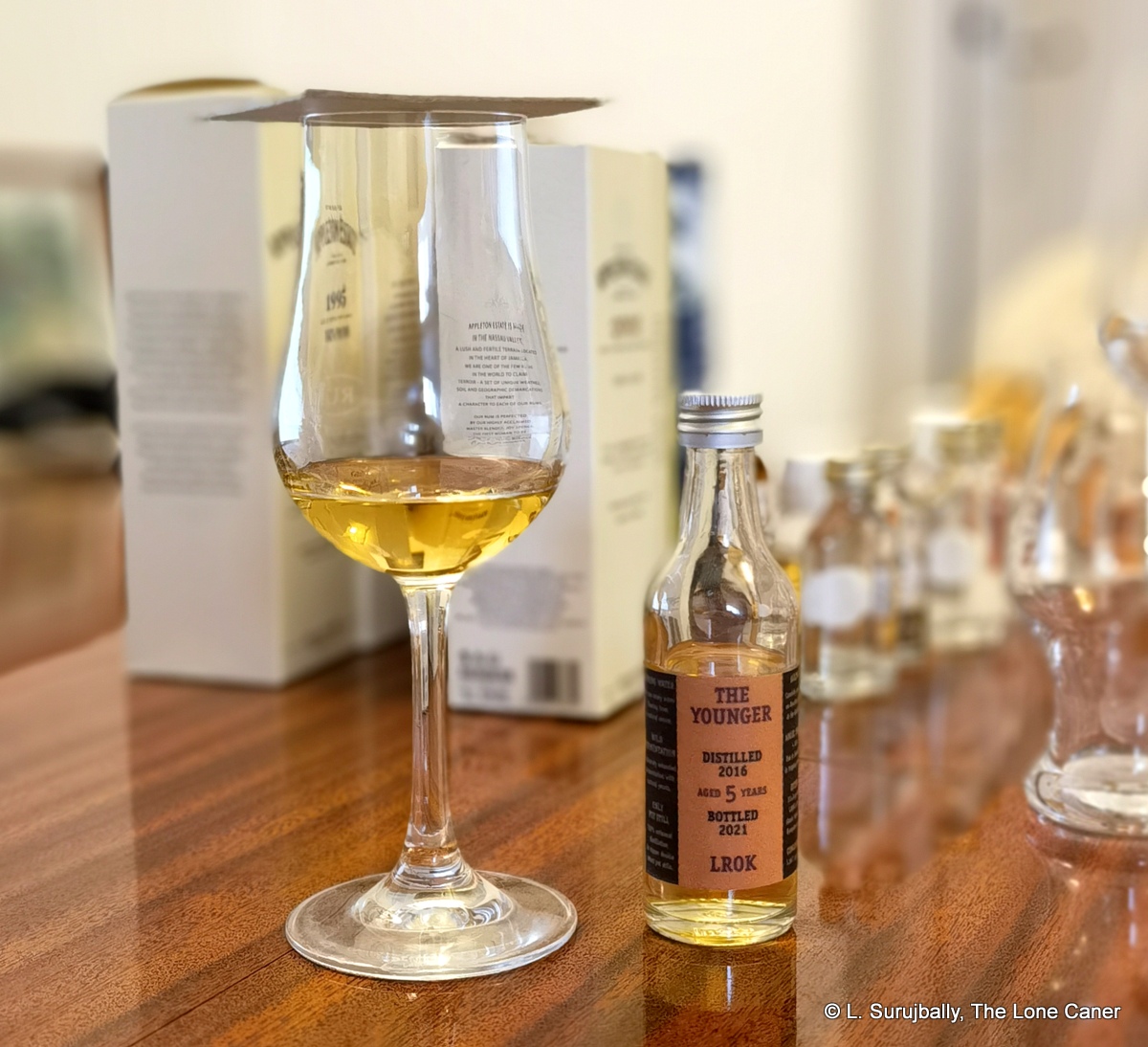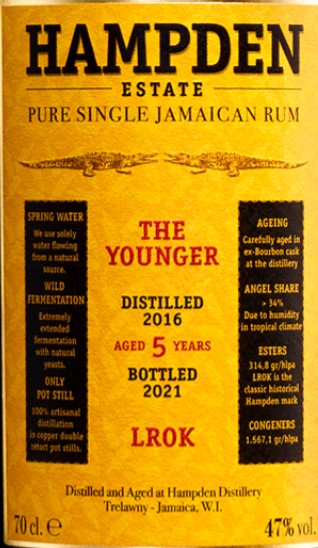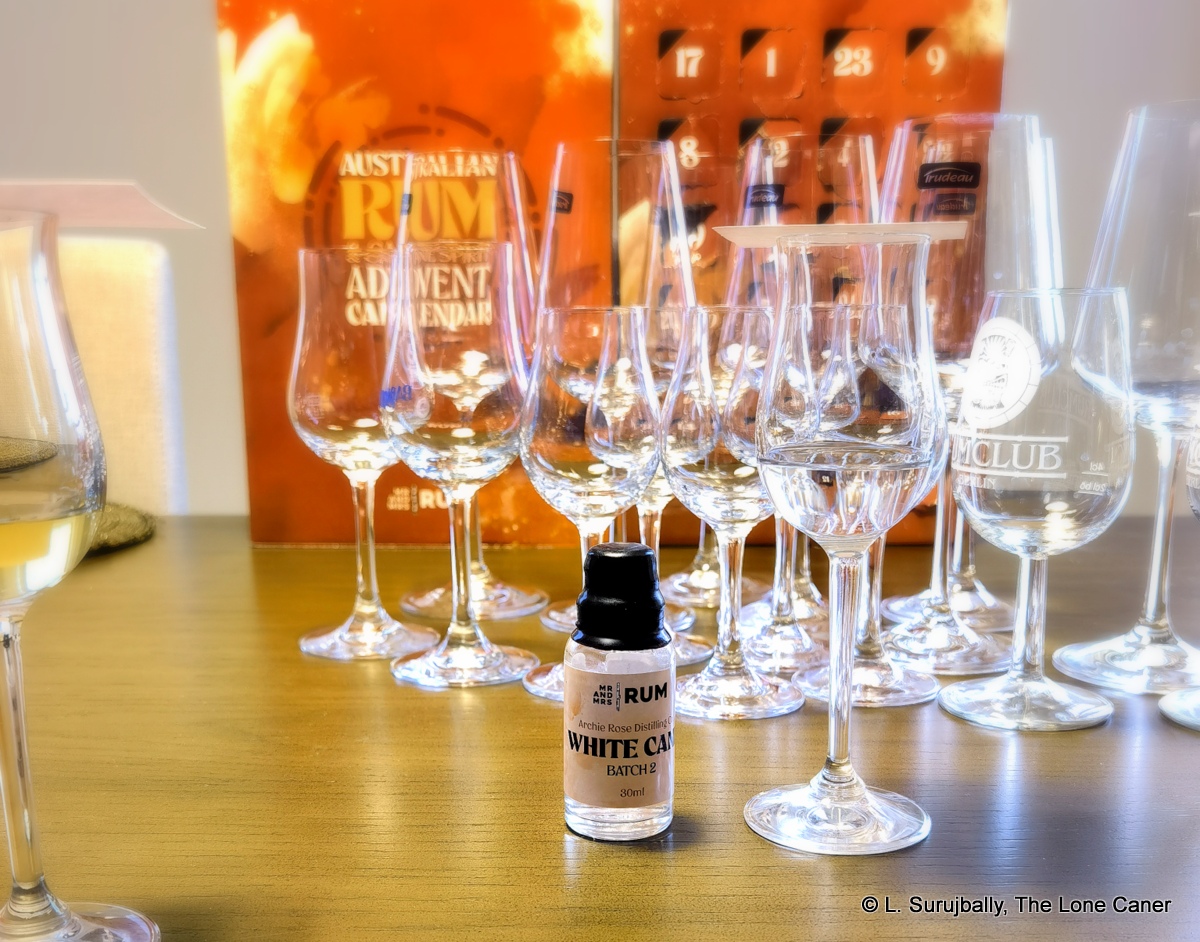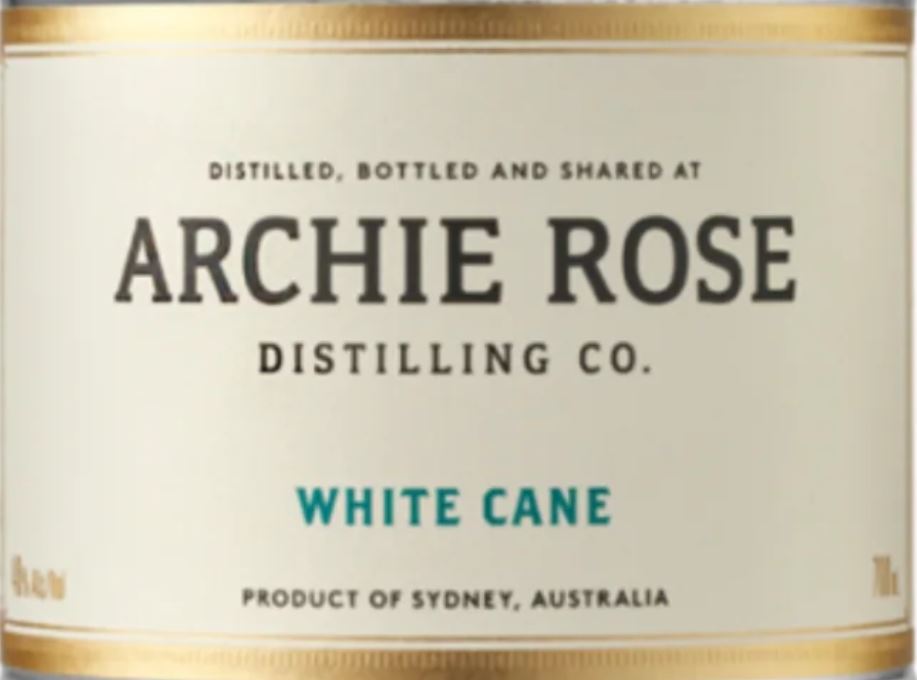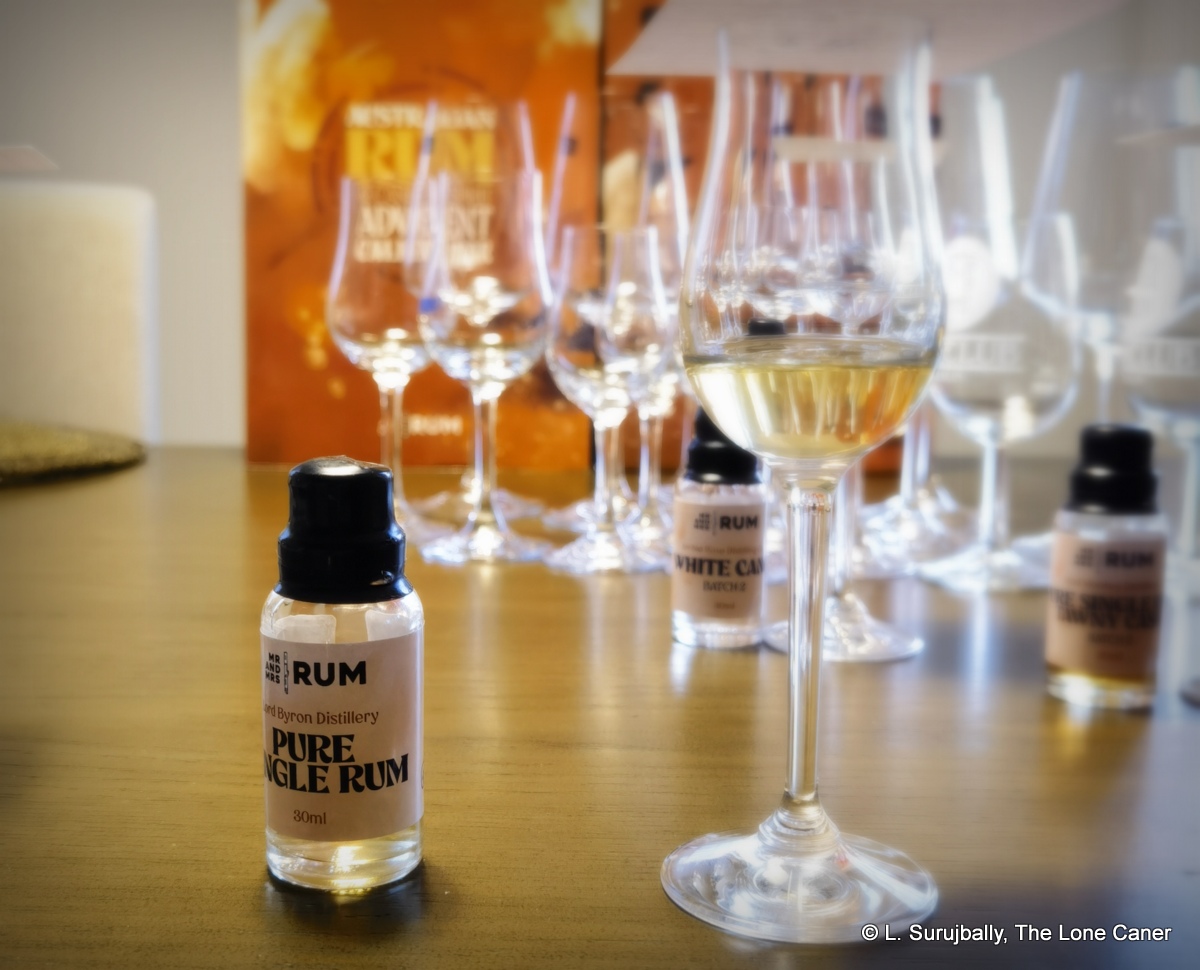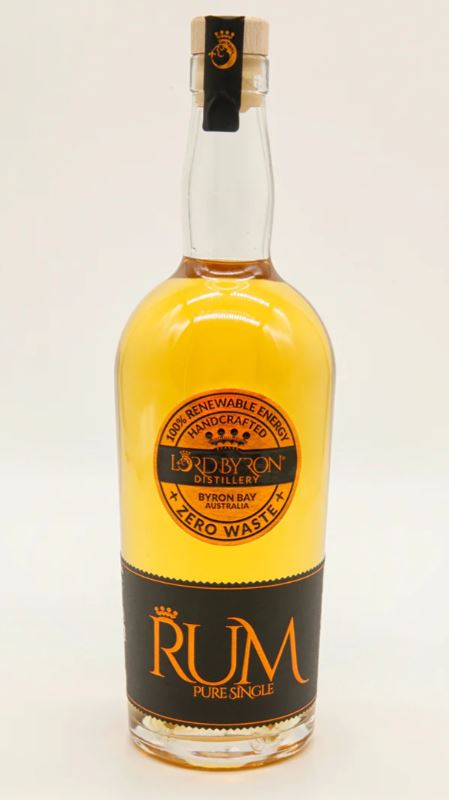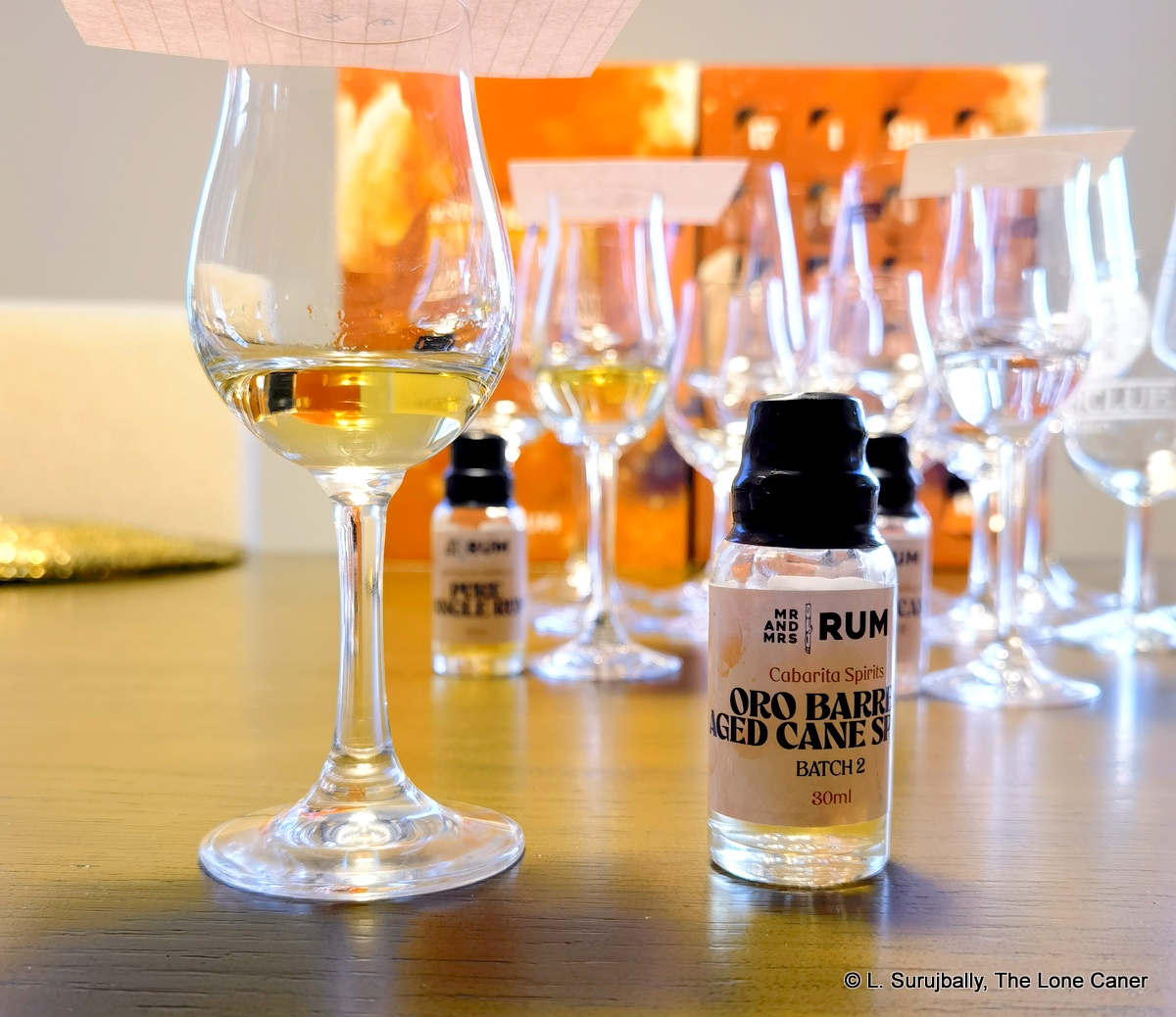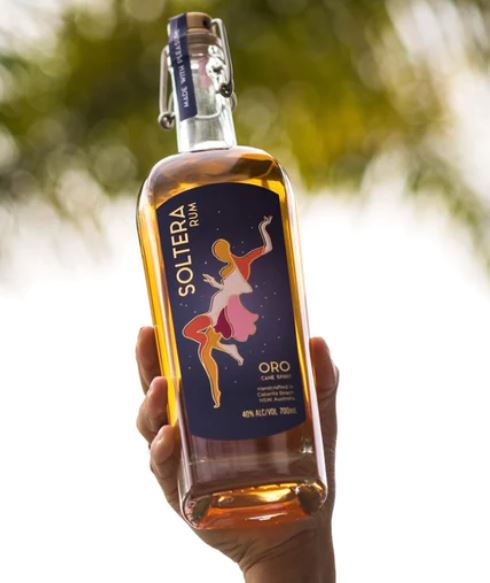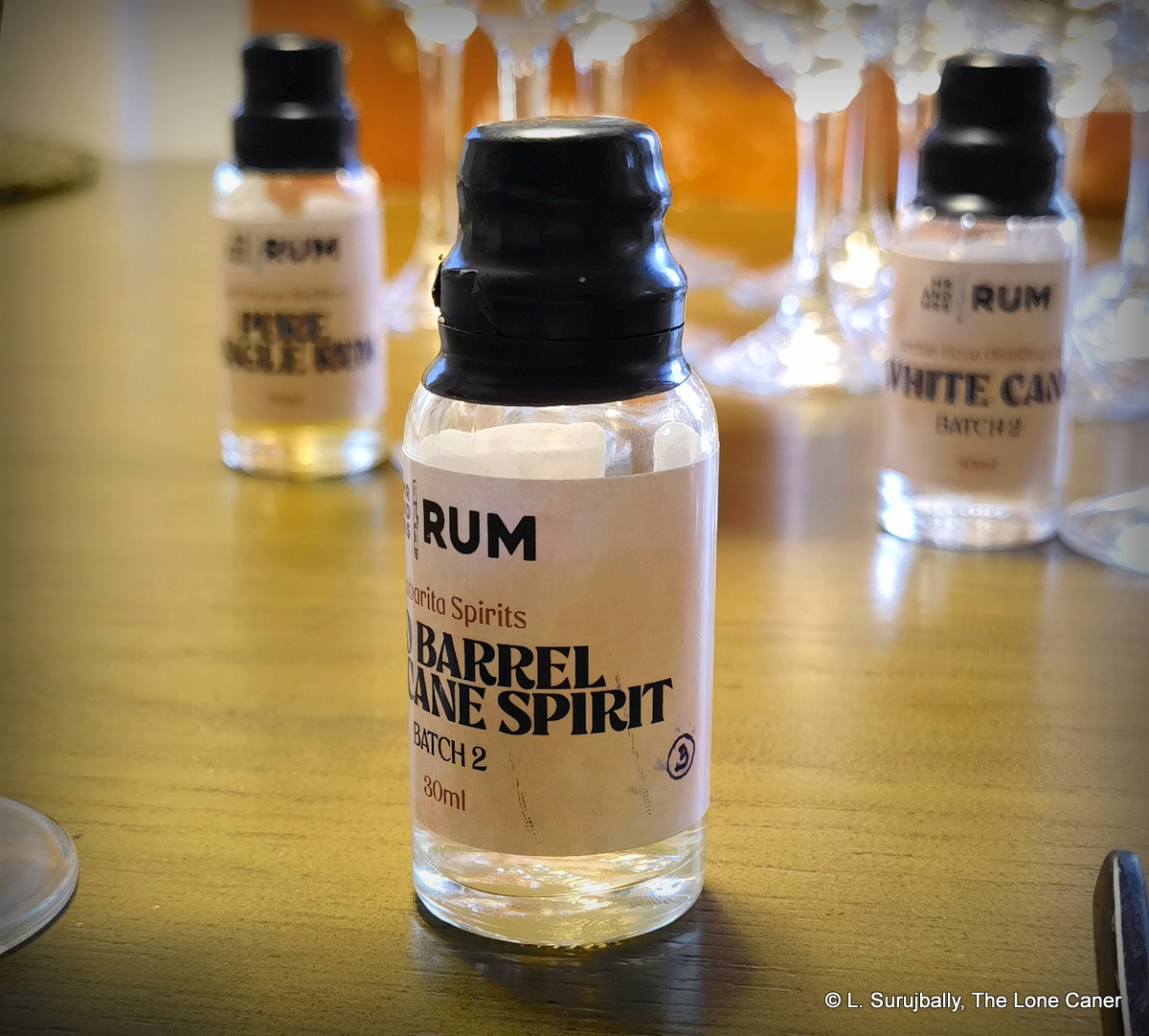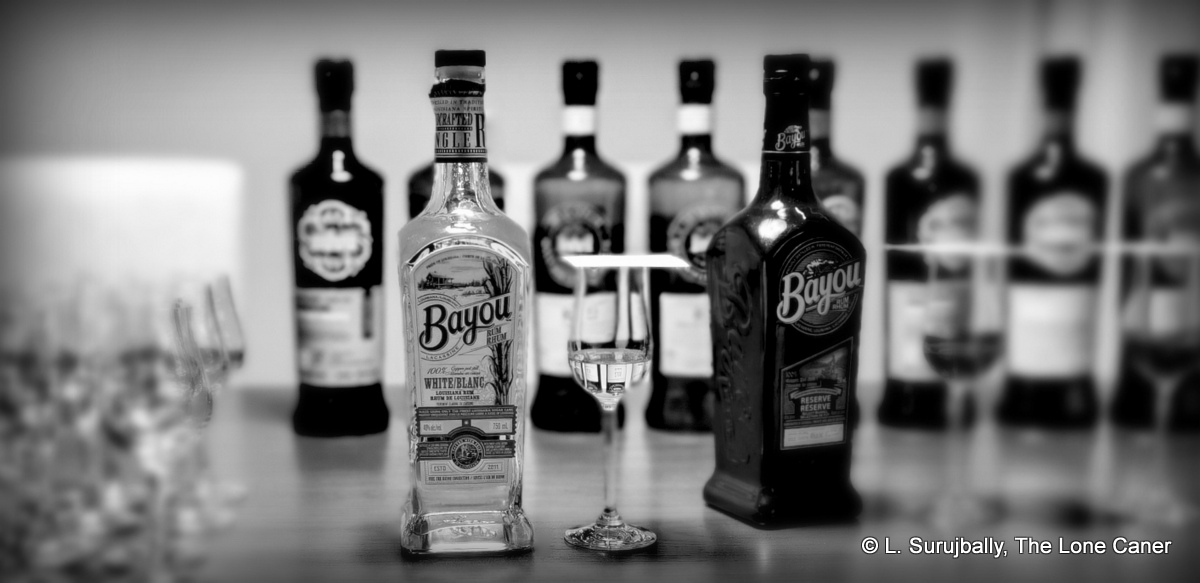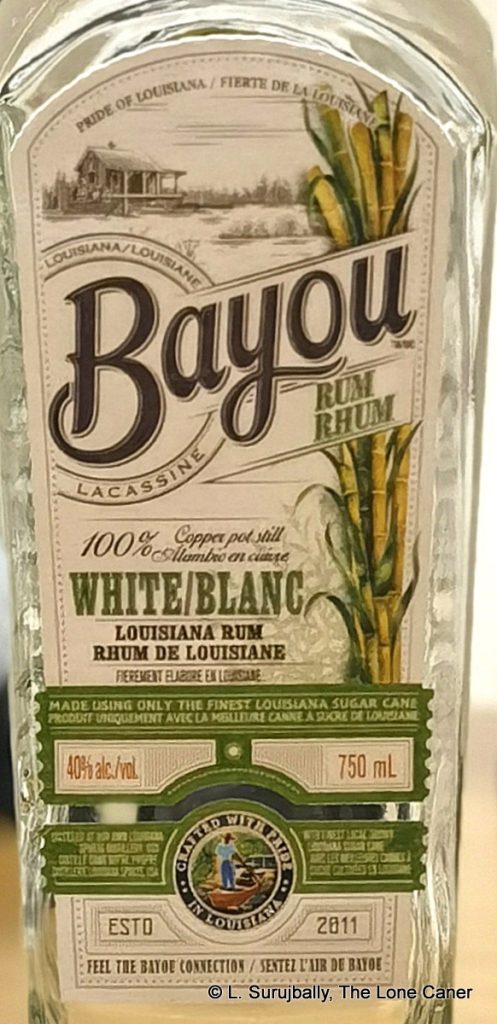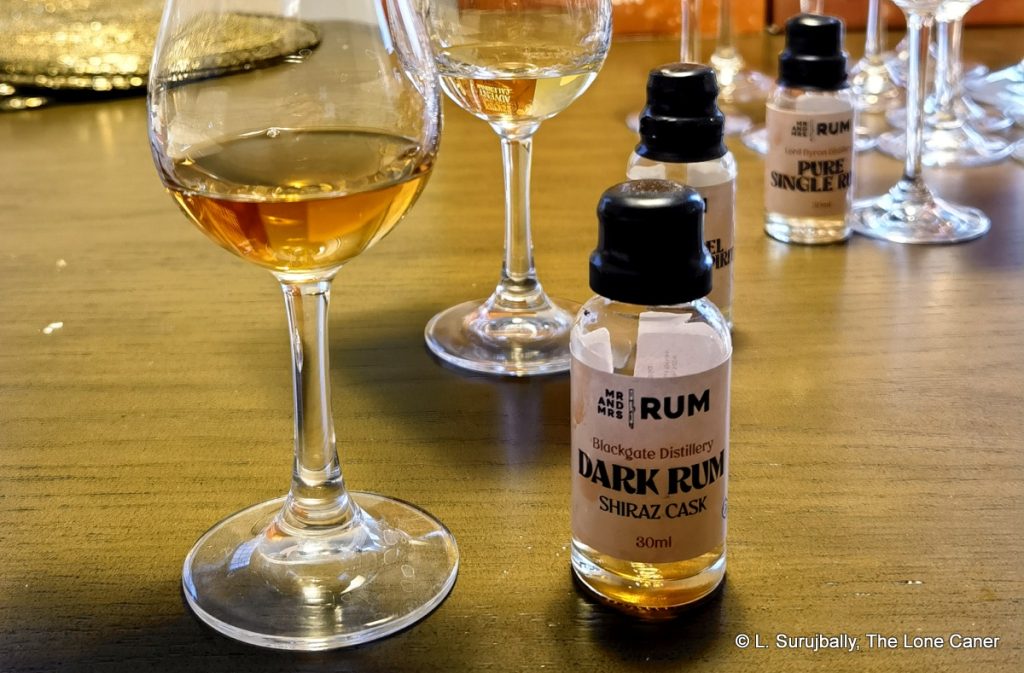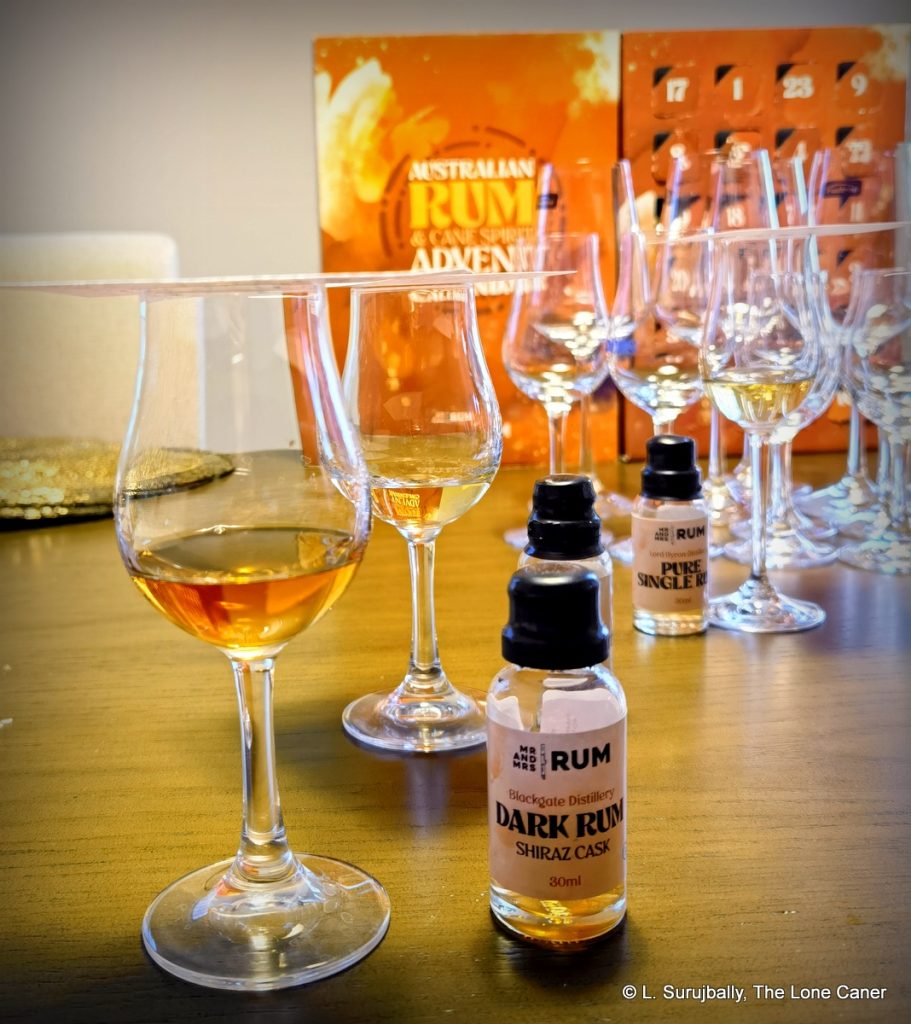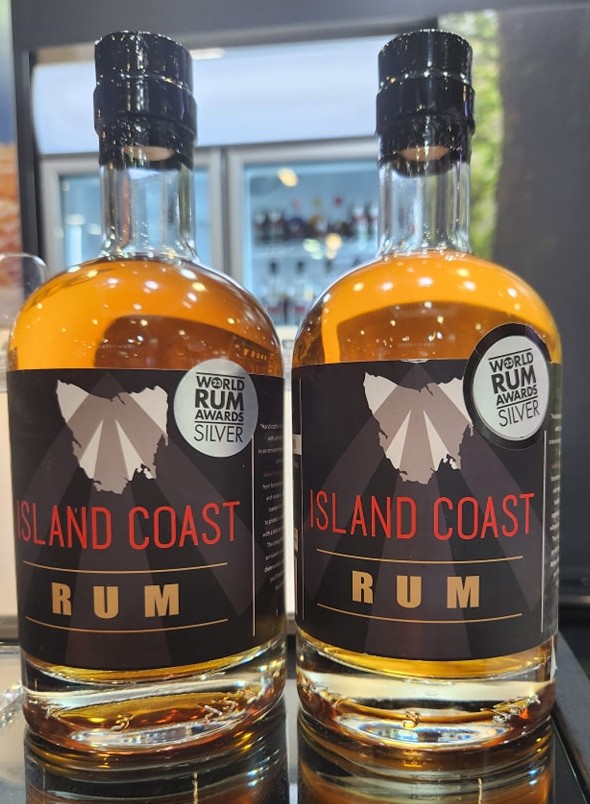Devil’s Thumb Distillery may hold the distinction of being one of the northernmost Australian distilleries making rum in Australia (as far as I know only Hoochery is further north and that by less than one degree of latitude, but never mind). That places it in northern Queensland (FNQ, remember that?) about 1800km north of Brisbane, and takes its name from an iconic peak of that name in the Daintree Rainforest that overlooks over Port Douglas, Mossman and beyond: the founding team felt it would be the perfect name for the distillery.
Who is the team? Well there you have me, because as has become a rather standard – and annoying — occurrence these days, the company website doesn’t mention much of the actual history of the distillery, let alone the owners or founders. As far as I was able to ferret out, the two main movers and shakers are Mark Norman the Head Distiller and co-founder (he was the force behind the award winning Navy Strength Gin a couple of years back), and Tony Fyfe, the CEO of Hemingway’s Brewery from Port Douglas 1. Devil’s Thumb was officially established in 2020 and has been in business ever since.
As a relatively new distillery, their product range remains small; one imagines they have a modest ageing program in place and each batch of their rum is sold as such – this the 13th. They also currently sell five gins (with some cute names like “Rainforest”, “Wet Season” and “Dry Season”), two spiced rums and one multi-batch example of a cane spirit, which is to say, unaged rum. It is to this we turn our attention today – it was the Day 10 entry of the 2023 rum advent calendar, for those who are keeping tabs.
The rum (yes, I’ll call it that) is actually an agricole style distillate, with cane juice coming from the nearby Mossman Sugar Mill. It is fermented with both cultured and wild yeast over something less than a week, and then run through the 1200-litre pot still called Carrie (a tip of the trilby to their manufacturing consultant) which is used to make some lighter rums from time to time, and also for gins and whiskies. As an aside, the other still in use is an Australian-made 1000-litre double-retort pot still called Roberta (whose name derives from the gent at Brewery MacAlister who gave their wort chiller to Devil’s Thumb to convert into a pot still); the resulting distillate was rested in stainless tanks and reduced over six weeks to 48%, with no filtration and nothing added. That makes it an agricole-style rum and many readers will know I have a real fascination for such unaged cane juice products because they vary so very much.
This one certainly started things off with a bang because the first notes on the nose were of cordite and gunpowder, the smoke of firecrackers and the acrid aroma of salt-petre (no, really). It took a while for this to dissipate, and then it was replaced by rubber, varnish and turpentine, all of which admittedly sounds like industrial solvent channelled by a chemical factory working flat out, but somehow, sort of, kind of…works. Partly that’s because additional character came into play: brine, olives, raisins, leather, grass, citrus peel, herbs in olive oil, plus some dusty and dry notes that seemed more whisky-like than anything else.
 The palate was also quite something: really pleasant. Yes it had some rubber and fresh plastic notes, but also pushed out a crisp sort of sweetness, with sugar water, cucumber slices in white wine vinegar (plus a pimento for kick), brine, olives, lychees and a fig or two. There were also the faint tastes of unripe apricots, lemon peel, and yellow mangoes on the edge of being ripe. It was tart and herbal and lightly sweet and quite a lovely sipping experience, if a tad sharp for those unprepared for it. The finish wasn’t all that impressive, mostly closing down the aromas and repeating what had come before without adding anything new – but it was aromatic and easygoing, so could not be classed as a failure of any kind.
The palate was also quite something: really pleasant. Yes it had some rubber and fresh plastic notes, but also pushed out a crisp sort of sweetness, with sugar water, cucumber slices in white wine vinegar (plus a pimento for kick), brine, olives, lychees and a fig or two. There were also the faint tastes of unripe apricots, lemon peel, and yellow mangoes on the edge of being ripe. It was tart and herbal and lightly sweet and quite a lovely sipping experience, if a tad sharp for those unprepared for it. The finish wasn’t all that impressive, mostly closing down the aromas and repeating what had come before without adding anything new – but it was aromatic and easygoing, so could not be classed as a failure of any kind.
Well now, what to make of this? I’d have to say that it was a cane juice rum of uncommon originality (that opening nose, for example…wow!). I suppose I could ask for a bit less bite, a little more herbal character, and maybe a few extra notes of this or that fruit. But that would make it a rum I wanted, not the rum I actually got, and for a person who seeks originality and a new experience when trying rums, the choices Mr. Norman has made cannot be faulted.
Last week I mentioned that the three year old Doorly’s was a hell of a rum – it up-ended expectations and was more than the sum of its parts. Well, this unaged dingo’s donger from Down Under is not the same kind of rum…but it’s even better, and one I would happily get a bottle, any time it went on sale in my location. It’s that unusual, that interesting…and that good.
(#1082)(86/100) ⭐⭐⭐⭐
Other notes
- Video Recap is here. The video was recorded before the notes below became available, so in cases of any inconsistency of facts, the written review takes precedence.
- Mark Norman very kindly provided some more background details just before this review went to press. Aside from what has been incorporated and amended above, here are some additional notes:
- This is Batch #13, but as of July 2024 they are up to #18
- Cane juice rums are high on Mark’s radar and are a passion of his: they will always be a focus of the distillery.
- Another major area of future endeavours is high ester rum making: the company has employed Gabriele Pegoraro, a Brazilian chemical engineer whose thesis was on the fermentation of sugar cane juice. Gabriele has a strong distilling background and taken over as head distiller to lead this process.
- With respect to an ageing program, the company’s principle has always been that the rum will be ready when its ready, rather than at any particular age. The first reserve cask rum will be released in the next month (August 2024) which will be a single cask release of a wild fermented, double pot stilled rum with age of around 2½ years. The oldest rums in the warehouse are now close to four years old and further stock continues ot be laid down..
- The distillery is very much rum focussed, in spite of the very successful gin line. Apparently a amount of whisky is made (to appease co-founder Tony Fyfe).
- Experimentation with the “Jamaican” style continues, and ageing new make cane juice in white wine casks is an ongoing area of interest.
